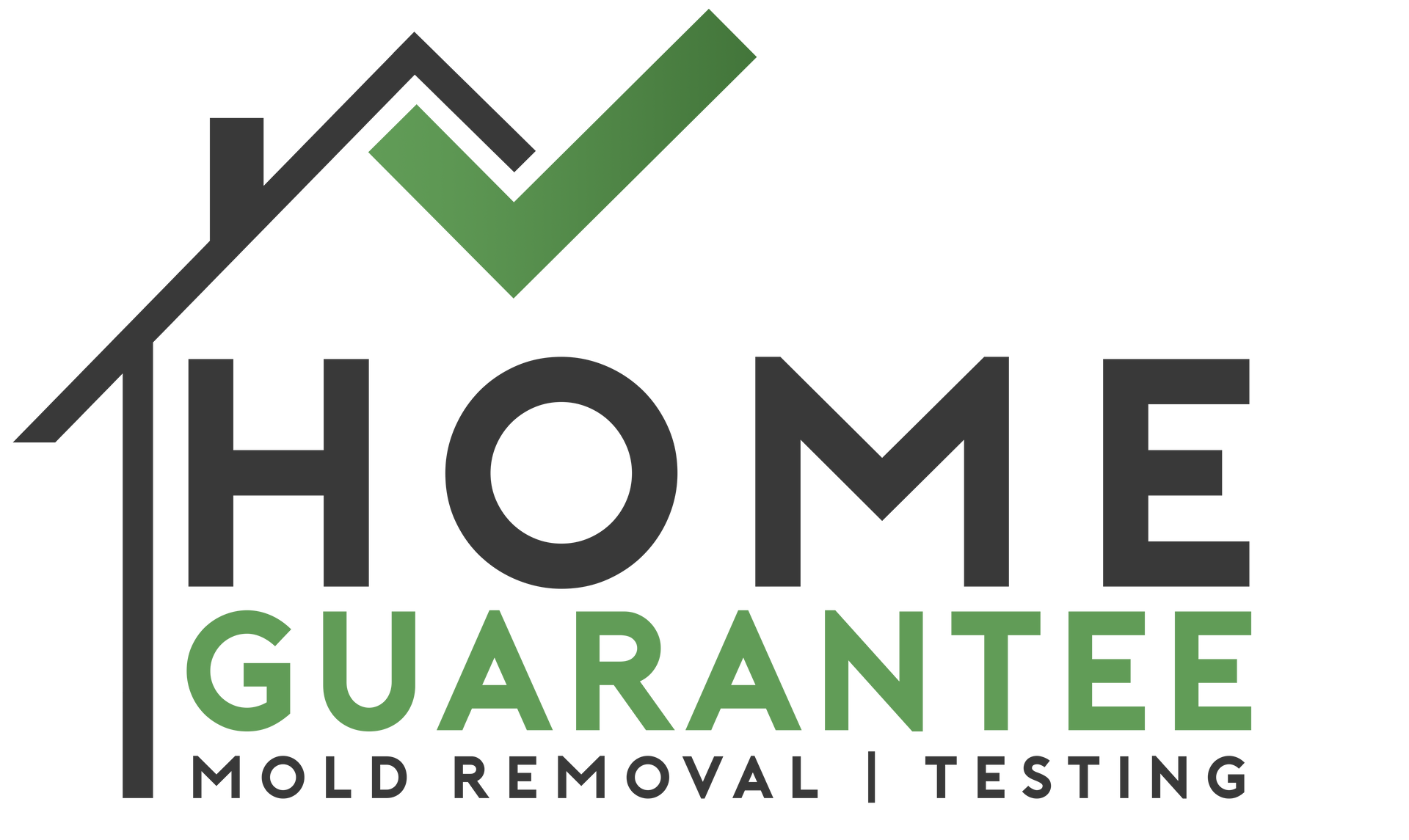HOME GUARANTEE
FREQUENTLY ASKED QUESTIONS
Find quick, clear answers to your most pressing questions about mold removal, water damage, and our other services on our FAQ page. We've compiled expert responses to help you understand our processes and how we can best serve your home restoration needs.
OR GIVE US A CALL

-
What are your business hours?
Weekdays: 8:00 AM - 5:30 PM (Emergency 24H)
Weekends: 8:00 AM - 5:30 PM (Emergency 24H)
-
What area do you service?
- Litchfield County
- Hartford County
- Tolland County
- New Haven County
- Fairfield County
- Middlesex County
- New London County
-
Can mold be harmful?
Yes, certain molds can be harmful to your health. Exposure to mold can result in symptoms ranging from mild allergic reactions and respiratory discomfort to serious health issues like throat irritation, lung infections, and in rare cases, severe outcomes. Black mold is particularly notorious for its harmful mycotoxins. It's important to call us at Home Guarantee to get your home professionally tested for mold by an impartial testing service. If mold is detected, it’s crucial to employ a certified mold remediation specialist to address the issue safely and effectively.
-
Does mold have a smell?
Mold is made up of compounds known as microbial volatile organic compounds (mVOCs). This is what gives mold a bad smell that is known as moldy odor and or more commonly described as a musty smell.
-
How can I get rid of mold?
Mold spreads within places in your home that aren't always visible at first glance. Mold can grow in walls causing sickness and moldy odors without realizing it. Calling a certified professional will ensure that your mold issue is fully remediated.
-
What is mold Remediation?
Mold remediation is the process of removing mold from a home or commercial space. Mold can be extremely harmful to our bodies, so it’s important we act quickly on the removal of any visible mold. Visible mold is what we consider a Condition III environment. Our job is to return your home or commercial space to a Condition I environment. This is where no mold is present.
-
Can I just bleach and paint over existing mold?
A lot of people think that they can tackle their mold issue by simply putting a bleach solution on the mold. This however is an ineffective way to tackle this issue. This is basically the equivalent of putting a bandaid on the issue. Sure, you may not see the mold anymore, but the spores are still present, and if the molding is enough of an issue, still growing behind the drywall. When we go out to test mold, we always test the air. This is because mold isn’t just growing on your walls, or ceiling. It is airborne. This is why when we remediate mold, we create a negative airflow environment to ensure the spores do not travel throughout the home.
-
What does mold remediation sound like?
Any reputable company will do everything in their power to ensure the safe removal of the mold. Most mold remediation work does not just involve painting over existing mold. The standard procedure is to remove all porous materials in the affected area. This means removing any affected drywall in a two foot radius. Once the drywall is removed, we take an industry standard solution and deep clean all of the affected studs. In some severe cases, the mold has structurally affected the home. This means removing 2x4s and replacing them. If you let a mold issue continue for long enough, this will happen. We also create a negative airflow environment to ensure that spores do not travel within your home or commercial space. We use air scrubbers, polyethylene covers, air movers, and dehumidifiers to guarantee the job is done right and done right the first time. Once the work is completed, all materials being discarded are carried outside of the home inside of a disinfected bag to ensure spores do not travel. Finally, all of the equipment (dehumidifiers, air movers, air scrubbers, etc) are wiped down thoroughly in a solution to kill any mold spores on contact before finally leaving the property. This is, again, to prevent the spread of mold within the house but also to prevent the mold from spreading to the next property.
-
How does mold grow?
A lot of homeowners feel responsible for the mold growth in their home, but the simple fact is – usually it is not at any fault of the homeowner. The construction of the home may have had poor airflow, or the home may be in a humid environment. Mold is very common in states south of Maryland. The humid climate makes mold nearly impossible to entirely evade. Typically, mold is found in bathrooms and basements. For mold to exist, water needs to be present. The mold also needs a food source. Similar to how mold grows on food after an extended period of time, the same can happen with your home with drywall. Drywall is usually where the molding starts. It’s a porous material, so moisture is easily trapped inside. The mold will start to consume the drywall, and it’s only a matter of time before that spreads into the studs, subfloor, or other areas in the home. Another issue homeowners don’t always realize is that mold will spread. Wood is considered a viable area for mold to grow. Over time, it will start to rot the wood, creating possible structural issues in your home. Once it gets to this point, everything will have to be removed and replaced. So, painting and bleaching affected areas can be helpful, but that is not preventing the spread of the mold.
-
What health effects come from mold?
Mold is known to cause certain health effects to humans. Depending on the strain of mold present in the area, you can expect to experience:
● Allergies
● Worsening of asthma symptoms
● Upper respiratory issues
● Liver cancer (in extreme cases)
● Wheezing, cough, fever
Not everyone experiences symptoms from mold, however, if you’re immunocompromised, you may experience symptoms more extreme than you would if you weren’t immunocompromised. Usually people that are older, or children experience the worst of the symptoms. Prolonged exposure to certain mycotoxins will lead to illness. There are over 100 different mold variations known currently, and at least 5% of the general population will experience symptoms upon exposure.
-
What should I do if I find mold?
The first step is recognizing that there’s a mold issue. Once you’ve done that, hire an indoor environmental professional to test the air, swab the mold, and let you know what you’re looking at in terms of what is in the home. Once you have the results, consult with a mold remediation company. They will know the proper process for removing different types of mold in the home. Any credible mold remediation company will attack the issue beyond what is visible, ensuring the job is completed correctly the first time. As stated in the process above, it is imperative any company completing the work goes behind any drywall to ensure full removal of all mold. Any reputable company will stand behind their remediation work for 1 year – the industry average success on remediation is only ~65%. This is because not every company goes behind the scenes to remove all affected areas. Any company willing to back their work for one year provides peace of mind that your mold issue will be handled properly.
WHY CHOOSE US
THE HOME GUARANTEE DIFFERENCE

The Home Guarantee:
A full year of confidence in our services. If mold appears after the initial job, we'll come back and remove it.
Money-Back Guarantee:
Our promise of satisfaction, guaranteed. If we are called back out 3 times after the initial job, they will give 100% of the money back.
Property Protection Promise:
We respect your home as if it were our own. If we damage anything in your home, we will replace it.
Licensed AND Insured:
Peace of mind with every job we undertake. View our license & insurance documents on our certifications page.





